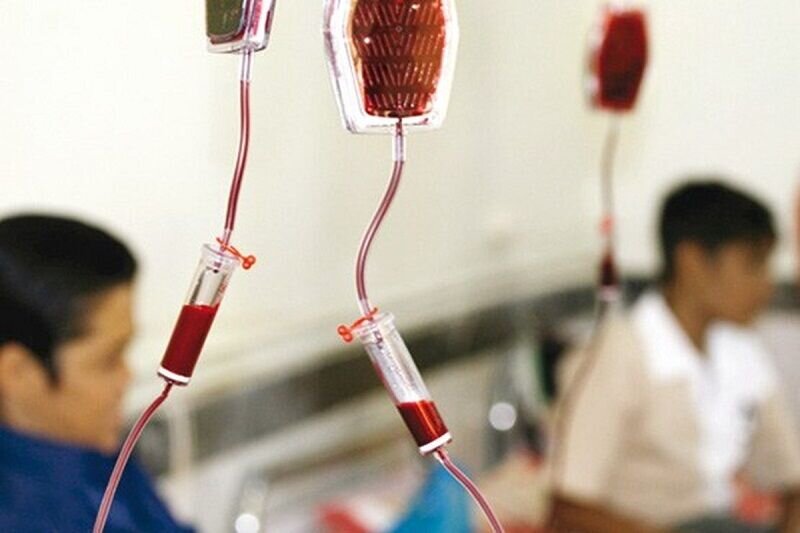INSUBCONTINENT EXCLUSIVE:
of Iran Health Insurance Organization, has said.He made the remarks in a meeting with Ahmed al-Mandhari, the World Health Organization
director for Eastern Mediterranean Region, IRNA reported.Some 20 million people in villages across the country are covered by the Health
Insurance Fund and the government pays most of the treatment costs, Nasehi added.A total of 250 trillion rials (around $600 million) has
been proposed in the budget bill for the current Iranian calendar year (ending March 20) to support and treat patients with hard-to-treat
diseases.Rare diseasesAccording to the statistics published in 2019, the number of rare diseases identified in Iran has reached 332 types of
diseases and about 4,750 people are covered by the Rare Diseases Foundation of Iran.Out of a thousand population, 2 people get a rare
awareness.According to WHO, rare diseases are often serious, chronic, and life-threatening
The European Union (EU) definition of a rare disease is one that affects fewer than 5 in 10,000 people
At present, more than 6000 rare diseases are known; around 80 percent of them are genetic disorders and half of them occur during
This roughly equals the estimated prevalence of diabetes in the World Health Organization European Region, which in 2013 was 6.8 percent of
658.7 million adults in the 20 to 79-year age group.Rare diseases are associated with a high psychological burden for the patient but they
In addition to the health burden on patients, few of these diseases have effective drug treatment available.The National Document on Rare
Diseases has been approved in December 2020, with the aim of preventing the birth of infants with rare diseases and therapeutic
problems.Patients with rare diseases launched and signed a petition calling for drawing up a national document on rare diseases on the
occasion of Rare Disease Day, February 28, 2019.The main vision of this document is to prevent the birth of infants with rare diseases and
to solve the medical and therapeutic problems of rare patients in the country.Improving health indicesAll the indicators of health and
treatment have made significant progress after the Islamic Revolution, and now Iran is one of the leading countries in this field, the
deputy health minister has said.Health is one of the areas that got a good jump after the Islamic Revolution, ISNA quoted Saeed Karimi as
saying.It should be noted that in the early years of the Revolution, even for a cataract, which is a routine ophthalmic operation, the
specialists, but now there are 70 thousand specialists and sub-specialists in the country, he added.Therefore, the health indicators after
the victory of the Islamic Revolution cannot be compared with the conditions before the Revolution, Karimi said, adding that although 40
years have passed, many countries have not found such a leap in their healthcare.Iran has one of the strongest health systems in the region

